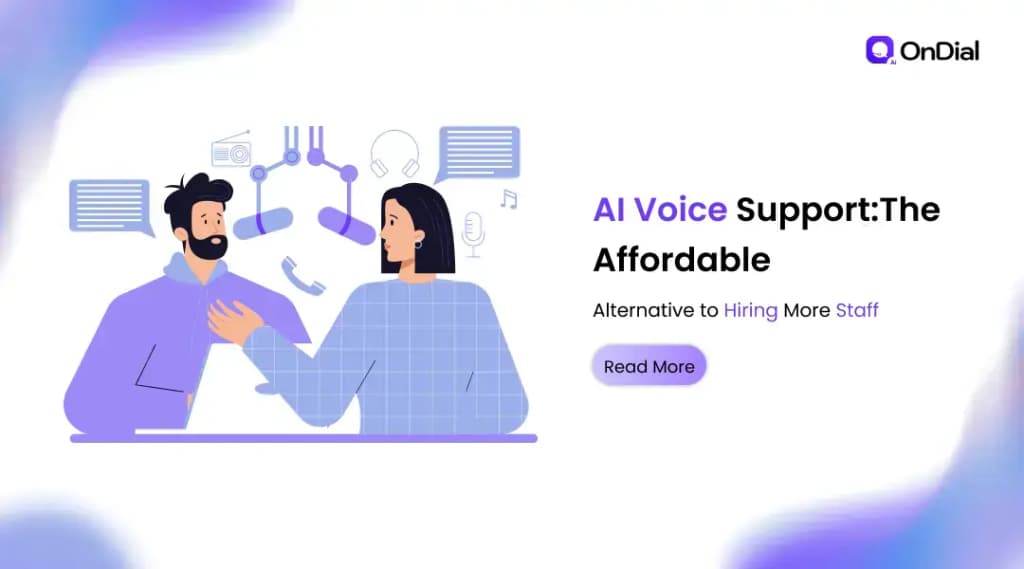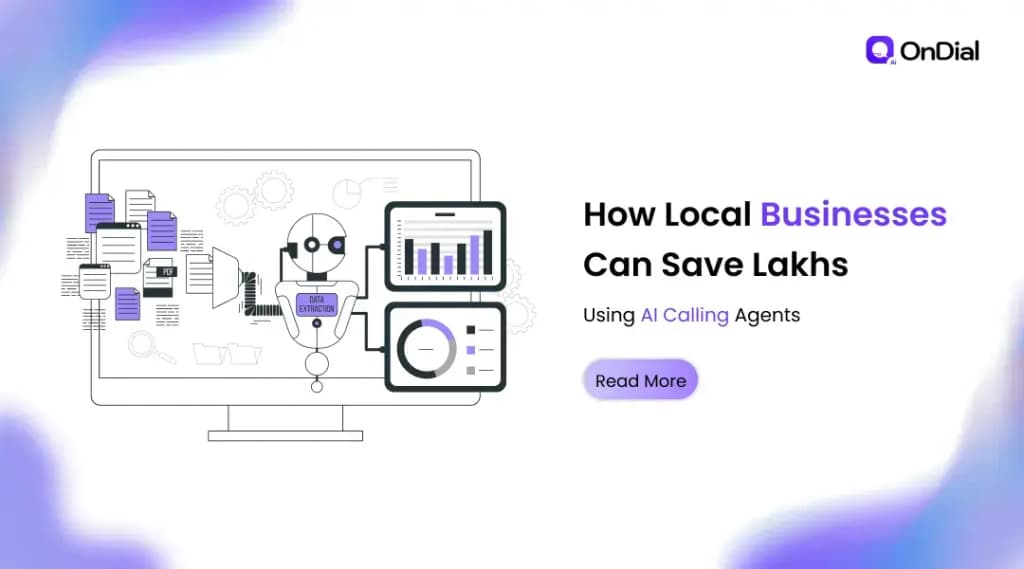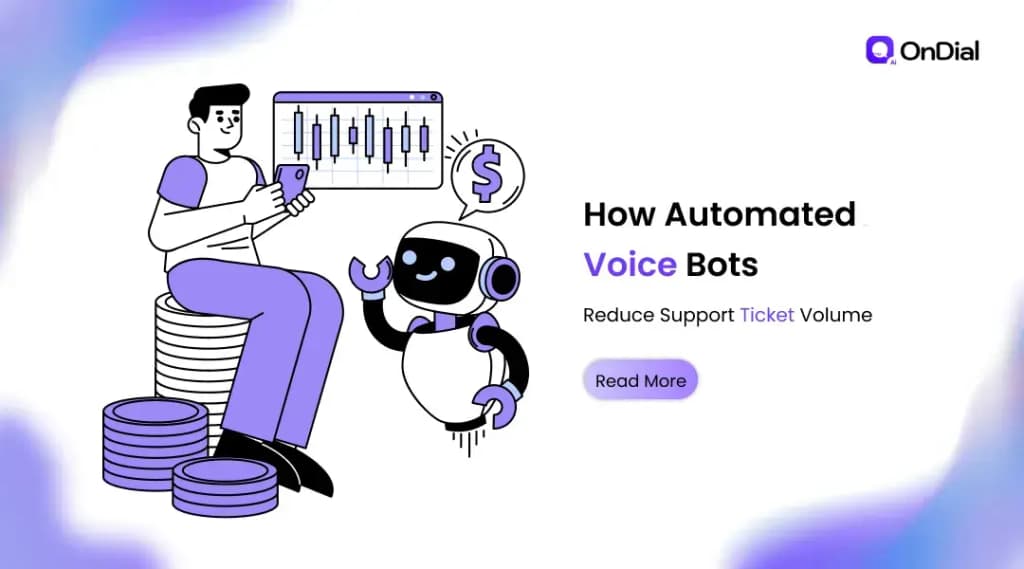Let me start with a confession: I once thought the only way to deal with high call volumes was to hire more people. More agents, more shifts, more training. But after watching businesses bleed money and burn out employees, I realized something: throwing people at the problem doesn’t scale.
If you’re a small business owner, a startup founder, or even an e-commerce operator, you probably know this pain. The phone rings nonstop. Customers are frustrated. You’re either missing calls—or burning money on staff you can’t afford.
So, the real question is: how do you handle 100+ customer calls daily without hiring staff?
The answer lies in smart automation, AI-powered call handling, and a rethink of what “good customer service” actually means.
The Challenge of Managing 100+ Daily Calls
A hundred calls might not sound like much until you’re in the hot seat. That’s five calls every working hour if spread evenly—and they’re never spread evenly. Peaks hit at lunch, evenings, or during promotions.
Missed calls = lost revenue. Long hold times = angry customers. Too many callbacks = bad reviews.
Traditional thinking says, “Hire more agents.” But that’s the old playbook. And it’s broken.
Why Hiring Staff Isn’t Always the Best Option?
Hiring staff feels safe. But for most growing businesses, it’s the wrong move at the wrong time.
Every new hire comes with hidden baggage: cost, training, management, and turnover risk. And if your business is seasonal or fluctuates with campaigns, you’ll either be overstaffed in slow periods or understaffed in peak times.
The Hidden Costs of Hiring More Staff
1. Salaries, Training, and Infrastructure
It’s not just a paycheck. Each new hire needs:
- Recruitment and onboarding
- Training (weeks before they’re fully effective)
- A workstation, phone, or software license
- Management oversight
If you’re running a lean operation, that overhead eats your margins alive.
2. Burnout and Scalability Issues
Call handling is tough. Repetitive queries, stressed customers, endless scripts. Burnout is high, turnover is higher. You’ll spend months training someone, only to see them leave in six.
And even if you scale to 20 agents—what happens when your volume doubles again? Hiring isn’t just expensive; it’s fragile.
Smart Ways to Handle 100+ Customer Calls Daily
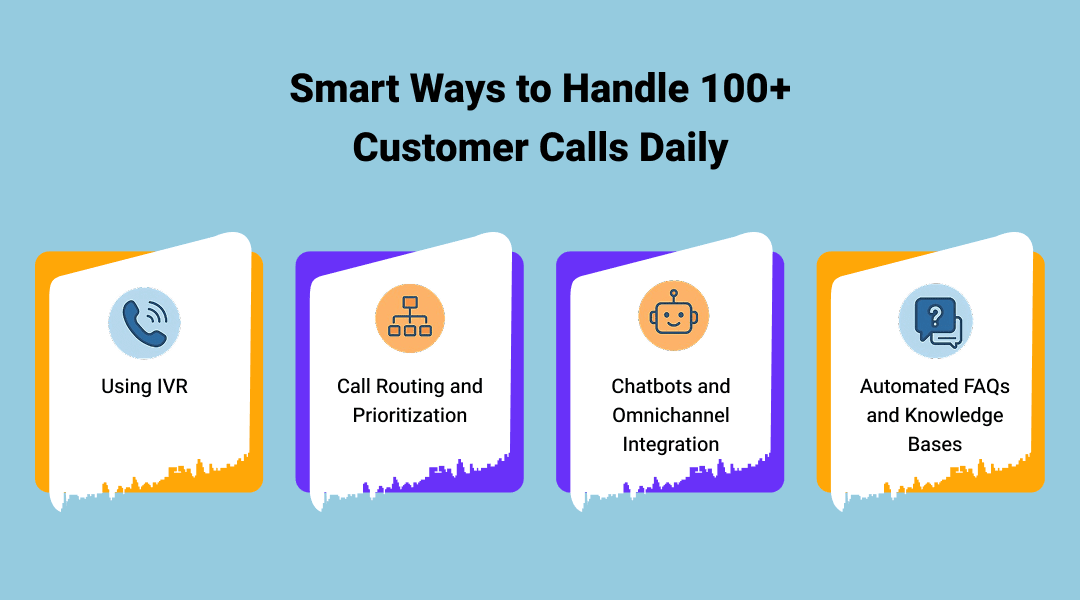
So if not hiring, then what? Automation. Not the cold, robotic kind—automation that feels human because it’s designed with empathy.
Using IVR (Interactive Voice Response)
A well-designed IVR system greets customers, guides them to the right department, and answers simple questions automatically. Instead of one overwhelmed receptionist, you get a structured, scalable system that works 24/7.
Call Routing and Prioritization
Not all customers are equal. An AI system can prioritize VIP customers, urgent cancellations, or high-value leads—while pushing routine inquiries to self-service. This ensures the right energy is spent on the right conversations.
Automated FAQs and Knowledge Bases
Here’s a little truth bomb: most businesses get the same 10–15 questions over and over again. Order status. Refund policies. Office hours. If you automate those via voice AI or self-service FAQs, you instantly cut call volumes in half.
Chatbots and Omnichannel Integration
Why force every customer onto the phone? Many prefer WhatsApp, SMS, or live chat. AI chatbots can handle repetitive queries across multiple channels—reducing phone demand while improving customer experience.
Tools & Technologies That Make It Possible
Virtual Receptionists
An AI-powered virtual receptionist can greet customers, record queries, and escalate when needed—without salary, breaks, or sick leave.
AI-Powered Call Management Systems
This is where OnDial shines. Instead of a rigid script, AI voice tech can understand intent, personalize responses, and even sound conversational. It’s not just “press 1 for support”—it’s natural conversation at scale.
Cloud Telephony Solutions
Forget heavy hardware. Cloud systems are pay-as-you-go, scalable, and ideal for startups or SMBs. One dashboard can handle thousands of calls.
CRM Integrations for Call Handling
The magic happens when automation links to your CRM. Imagine a system greeting customers by name, referencing their last order, and predicting why they’re calling. That’s personalization through data, not guesswork.
Case Studies & Real-World Examples
E-Commerce Business Automating Order Queries
A Mumbai-based fashion e-commerce brand was drowning in 200+ daily calls about delivery status. With OnDial’s AI IVR, 80% of queries were answered automatically. Customer satisfaction improved, refunds decreased, and the business saved lakhs per year.
SaaS Startup Scaling Support Without Extra Staff
A Bengaluru SaaS startup had three agents for 100+ demo requests daily. By adding AI call routing and CRM-linked responses, they reduced missed calls by 70% and doubled conversions—without a single new hire.
Best Practices to Keep Customers Happy
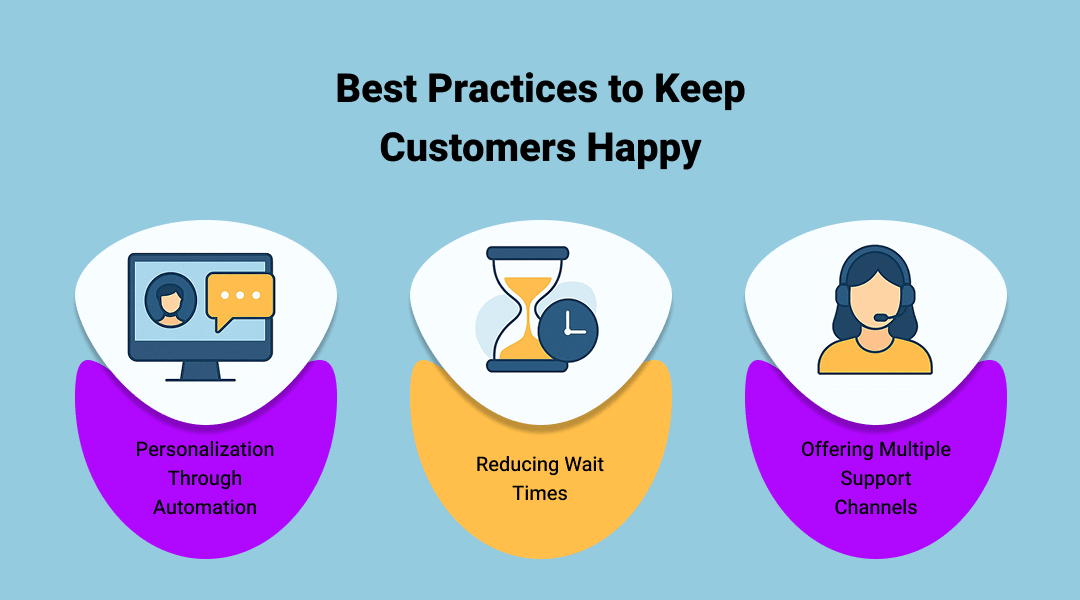
Personalization Through Automation
Automation doesn’t have to feel robotic. With CRM integrations, customers can hear their name, their order details, and even recommendations—without talking to a human.
Reducing Wait Times
AI systems route calls instantly. No more “please hold for 10 minutes.” Faster service = happier customers.
Offering Multiple Support Channels
Don’t limit yourself to phones. Offer WhatsApp, live chat, email automation, and callback scheduling. Customers want choice—and automation gives it to them.
When Should You Actually Consider Hiring Staff?
Automation isn’t the cure for everything. If your business deals with emotionally sensitive, high-stakes calls—like medical advice, financial planning, or legal consultations—human interaction is irreplaceable.
Hire when:
- Calls demand judgment, not scripts.
- Conversations carry emotional weight.
- Your brand reputation depends on human warmth.
But for routine queries, AI is faster, cheaper, and often better.
Conclusion
Handling 100+ calls daily without staff isn’t a dream—it’s happening today. The businesses that adapt win customers and protect margins. The ones stuck in the “hire more people” mindset get buried in costs.
AI-driven call handling isn’t about replacing humans—it’s about letting humans do what machines can’t, while machines take care of the rest.
If you’re serious about growth, it’s time to rethink your phones.



